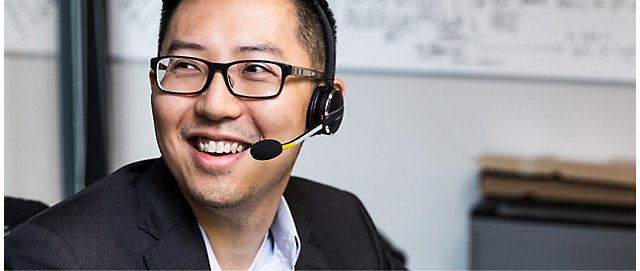Having seen his nephew’s drawn-out cancer journey firsthand, Piotr Krajewski set out to reduce long diagnostic waiting times for patients. Krajewski discovered the field had a global shortage of specialists, and time-consuming collaboration methods.
Krajewski founded CancerCenter.AI and developed a platform on Microsoft Azure. The solution enables physicians to digitize pathology scans, rely on AI models for analysis, and collaborate remotely with other physicians.
After using CancerCenter.AI’s solution, healthcare organizations have reported higher pathologist productivity, quicker diagnosis processes, and a reduction in diagnostic errors in initial pilot studies.










Follow Microsoft